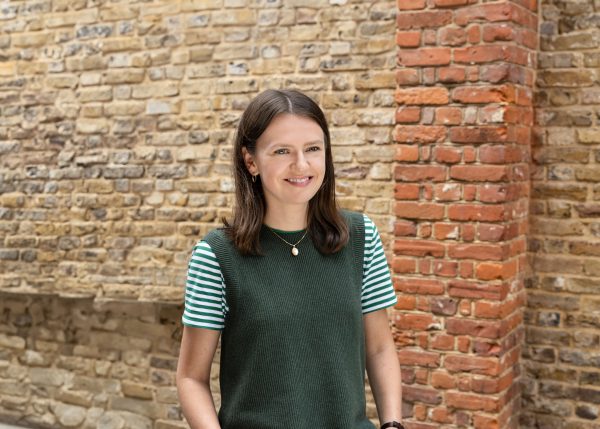My interest is in how planning and design interact to create the best outcomes for places. I want to see developments where careful decisions have been taken in making sure that good placemaking principles — those things which are so often spoken about, but much harder to achieve — are brought to life.
As practitioners, we have a responsibility to keep ambitions high, and put an end to hastily-designed developments, which have been ‘bolted-on’ to the outskirts of UK towns and cities. One of the best ways we can do this is by taking a more strategic and thoughtful approach to early planning, to foster new places which have the right access to physical and social infrastructure, jobs, green spaces, and opportunities for play.
Whilst at Prior + Partners, I have been working with an influential public sector client in England to create a ‘digital portrait’ of a region, using Census data, open access sources, and our own spatial analysis. By bringing all this data together in a single tool, we’ve built a rich resource of spatial information that goes beyond the typical geographies often used in planning debate. The tool is interactive, easy to use, and invites people to layer the data, interrogate their theories, and reach evidence-based conclusions about potential locations for new development. As well as making high-quality planning data more accessible, the tool is already enabling wider discussions about the suitability of sites for different types of development, including potential locations for strategic-scale development. This is leading to more meaningful discussions between stakeholders about where development should go and why — helping to drive more thoughtfully-designed places, with all the infrastructure needed to live a healthy and happy life.
